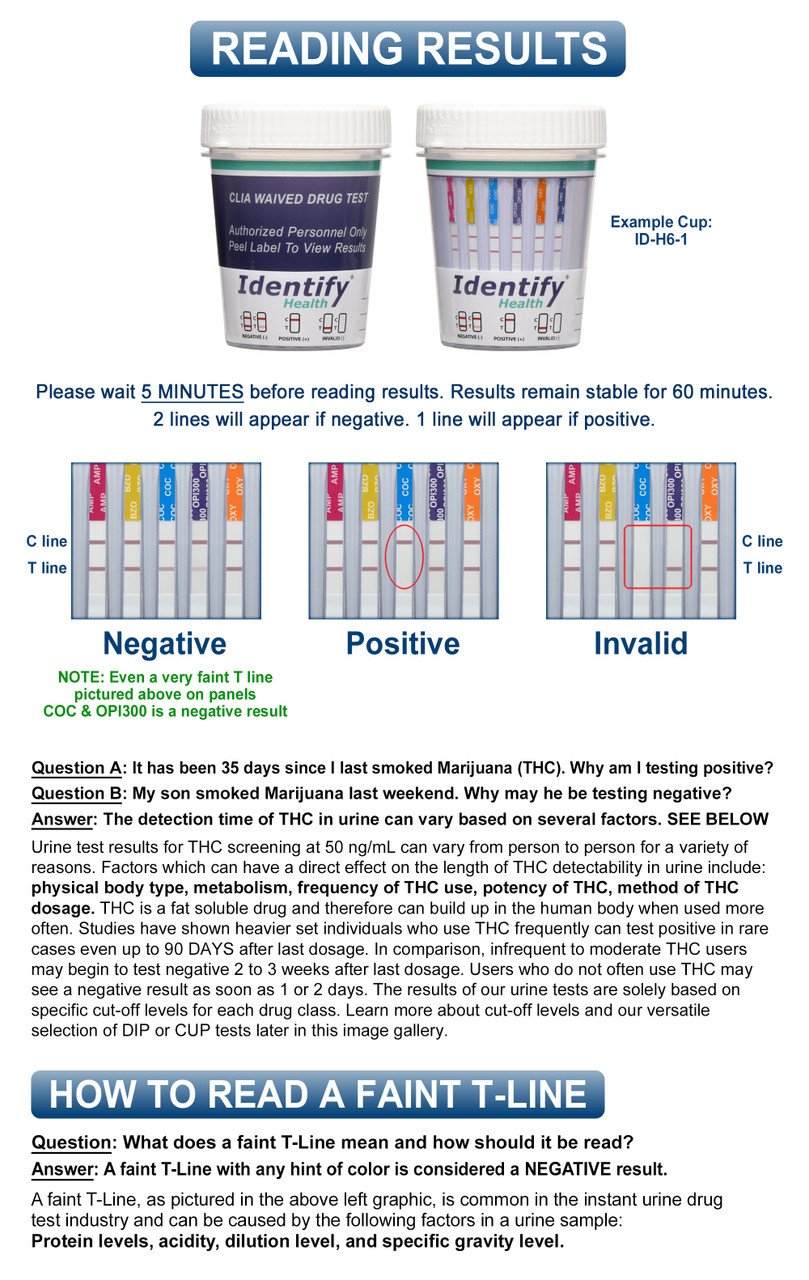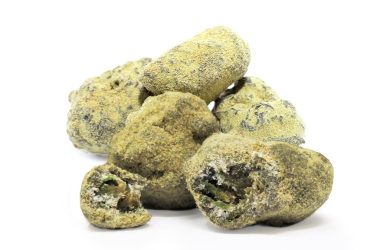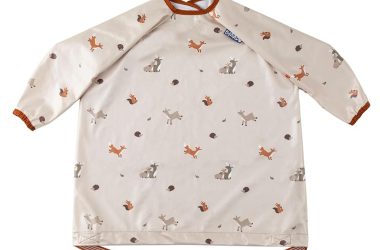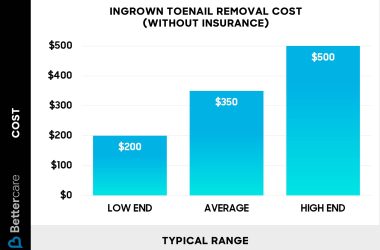The key to interpreting t-cup drug test results lies in understanding the markings on the strip. Each line, whether solid or faint, carries significance in determining the presence of specific substances. Careful observation and comparison are crucial for accurate readings. The test’s effectiveness hinges on your ability to decipher these indicators correctly. Remember, knowledge is power when it comes to navigating t-cup drug test how to read results. Stay tuned as we delve deeper into demystifying the intricacies of drug test result analysis.
Understanding the T-Cup Drug Test: How to Read Results
Imagine you’re at the doctor’s office, and they ask you to take a drug test using a T-Cup kit. You might feel a little nervous or unsure about what the results will show. Don’t worry, understanding how to read the results of a T-Cup drug test is easier than you think! In this blog post, we’ll break down everything you need to know about interpreting the results of a T-Cup drug test.
What is a T-Cup Drug Test?
Before we dive into reading the results, let’s first understand what a T-Cup drug test actually is. A T-Cup drug test is a type of urine test that detects the presence of various drugs in your system. The “T” in T-Cup stands for “Test,” and it is designed to provide quick and accurate results.
Interpreting the Results
Now, let’s get into the nitty-gritty of reading the results of a T-Cup drug test. When you take the test, the results will be displayed as either positive or negative for different types of drugs. It’s important to know what each result means and how to interpret them correctly.
Positive Results
If a line appears next to a specific drug panel on the T-Cup test, it indicates a positive result for that particular drug. This means that the drug being tested for is present in the urine sample. If you see a positive result, it’s essential to consult with a healthcare professional for further guidance and support.
Negative Results
On the other hand, if no line appears next to a drug panel, it signifies a negative result for that drug. A negative result indicates that the drug being tested for is not detected in the urine sample. However, it’s crucial to remember that a negative result does not mean that a person is drug-free, as certain drugs may not be detected or may require more specific testing.
Commonly Detected Drugs
T-Cup drug tests can detect a variety of drugs, including but not limited to:
Marijuana (THC)
THC is the active compound in marijuana that is tested for in drug screenings. A positive result for THC indicates recent marijuana use.
Cocaine
Cocaine is a stimulant drug that can be detected in urine samples. A positive result for cocaine indicates recent cocaine use.
Amphetamines
Amphetamines are a class of stimulant drugs that are commonly abused. A positive result for amphetamines suggests recent amphetamine use.
Opiates
Opiates are a type of narcotic drug that includes substances like heroin and prescription painkillers. A positive result for opiates indicates recent opiate use.
Tips for Reading T-Cup Drug Test Results
Here are some helpful tips for accurately reading and interpreting the results of a T-Cup drug test:
Follow Instructions Carefully
Make sure to carefully follow the instructions provided with the T-Cup drug test kit. Proper technique is essential for obtaining accurate results.
Read Results Within the Specified Time Frame
Results should be read within the specified time frame outlined in the instructions. Waiting too long or reading results too quickly can lead to incorrect interpretations.
Consult a Professional
If you are unsure about how to read the results or need further clarification, don’t hesitate to reach out to a healthcare professional or a drug testing expert for guidance.
Reading the results of a T-Cup drug test doesn’t have to be intimidating. By understanding the basics of how to interpret the results and following proper procedures, you can confidently navigate the process. Remember, accurate interpretation of drug test results is crucial for making informed decisions about your health and well-being. Next time you encounter a T-Cup drug test, you’ll be well-equipped to read the results like a pro!
How to read faint lines on a drug test strip drug testing kit information
Frequently Asked Questions
How do I interpret the results of a t-cup drug test?
When reading the results of a t-cup drug test, pay attention to the appearance of lines or symbols on the test panel. A visible line next to the drug category indicates a negative result, meaning that particular drug was not detected in the sample. On the other hand, the absence of a line next to a drug category indicates a positive result, indicating the presence of that specific drug in the sample.
What should I do if I am unsure about reading the results of a t-cup drug test?
If you are unsure about interpreting the results of a t-cup drug test, it is recommended to refer to the product’s instructions or contact the manufacturer for clarification. Additionally, you may seek guidance from a healthcare professional or a trained individual to help you understand the test results accurately.
Can a faint line on the test panel of a t-cup drug test still be considered a negative result?
Yes, a faint line appearing next to a drug category on the test panel of a t-cup drug test is typically considered a negative result. Even a faint line indicates that the level of that drug in the sample is below the cutoff point defined for a positive result. It is important to follow the guidelines provided with the test kit for proper interpretation.
Final Thoughts
In conclusion, understanding how to read the results of a t-cup drug test is crucial for accurate interpretation. By following the instructions carefully and paying attention to the control and test lines, you can confidently determine the outcome. Remember, a visible line in the test region, no matter how faint, indicates a negative result for that particular drug. Stay informed and informed on how to read the t-cup drug test results to ensure you have a clear understanding of the outcome.












